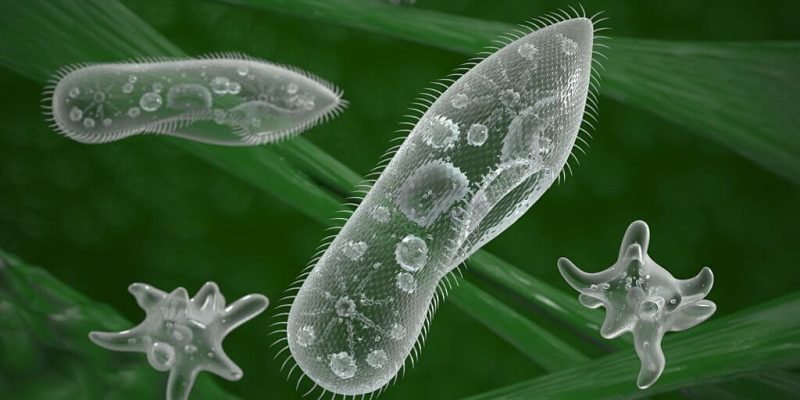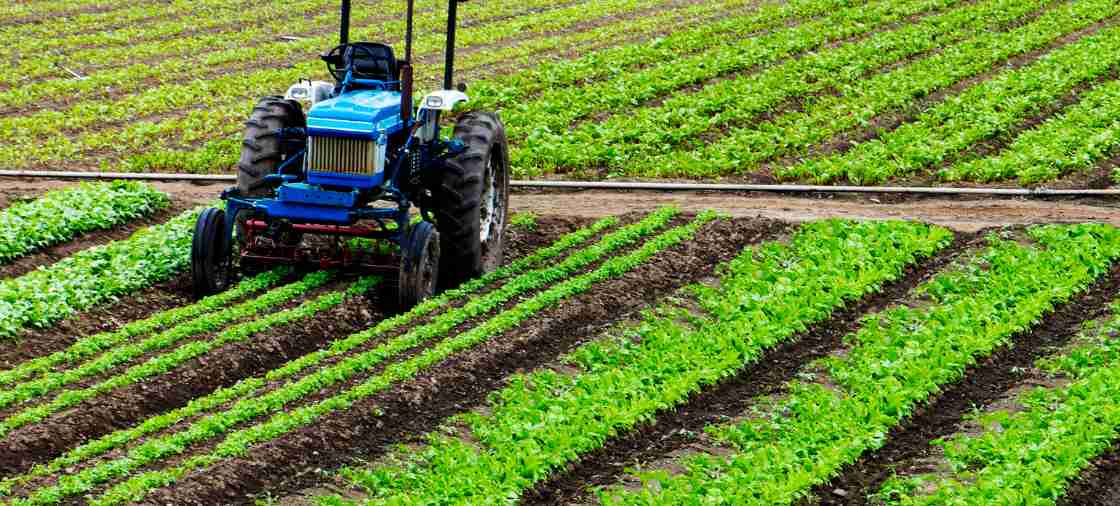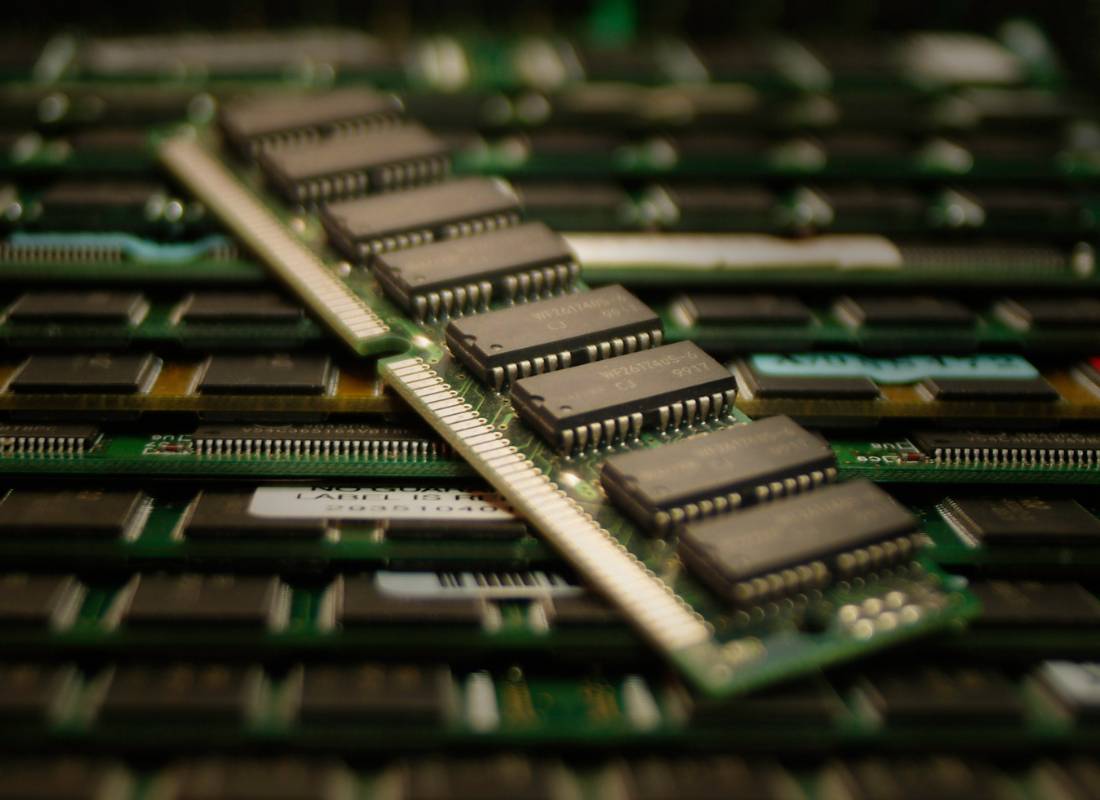The table below is the SS1 Biology Scheme of Work for First Term.
Developed by the
Nigerian Educational Research and Development Council (NERDC)
| S/N | Topic(s) | Content |
| Sub: Theme | ||
| ORGANISATION OF LIFE: | ||
| 1 | Recognizing Living Things | a. Characteristics of Living things. b. Difference between Plants and Animals. c. Organization of life. i. Levels of organisation of life; – Cell (Euglena, paramecium) – Tissue (hydra) – Organ (Onion bulb, the heart of a cow) – System (e.g. digestive system, ecretory system) ii. Complexity of organisation in higher organisms: advantages & disadvantages. |
| 2 | Classification of Living Things Kingdoms Monera, Protista, Fungi, Plantae & Animalia | a. Kingdom Monera (Prokaryotes): single-celled, motilecapable of motion. More or non-motilenot able to move by itself. More organisms. No definite nucleus. Bacteria & blue-green algae make up this kingdom. b. Kingdom Protista (Eukaryotes): single-celled, motile or non-motile organisms. Complex cell structure with definite nucleus. e,g Chlamydomonas & Amoeba. c. Kingdom Fungi (Eukaryotes): mainly non-motile organisms composed of hyphae containing nuclei e.g. moulds, mushrooms and rhizopus. d. Kingdom Plantae (Eukaryotes): many-celled, non-motile organisms which contain chlorophyll that enables them to photosynthesize. Members include mosses, ferns, pines, oil palms and yam plants. e. Kingdom Animalia (Eukaryotes) many-celled, motile organisms that feed on other organisms. Members include corals, worms, insects, snails, fishes, frogs, snakes, monkeys and cows. |
| 3. | The Cell | a. Cell as a living unit of an organism. b. Forms in which living cells exist. – Independent organisms – as a colony – as a filament c. Cell Structure – the cell theory – cell structure and functions of cell components. – differences and similarities between plant and animal cells |
| 4. | The Cell & its Environment | a. Diffusion – definition – process – significance b. Osmosis – diffusion of water through a selectively permeable membraneA semipermeable membrane is a layer that only certain molecules can pass through. Smaller molecules like water can pass but not the bigger molecules like solutes. It allows cells to keep... More – haemolysis – plasmolysis – osmometer with living material – biological significance of these processes |
| 5. | Some properties & Functions of the Cell | Feeding definition and types – micronutrientsMicronutrients are nutrients that plants need in only small or trace amounts. Boron (B), chlorine (Cl), copper (Cu), iron (Fe), manganese (Mn), molybdenum (Mo), nickel (Ni), and zinc (Zn) areconsidered micronutrients.... More – macronutrientsMacronutrients are nutrients that a plant needs in relatively large amounts. Essential macronutrients are nitrogen (N), phosphorus (P), potassium (K), calcium (Ca), magnesium (Mg), and sulfur (S). More |









Responses